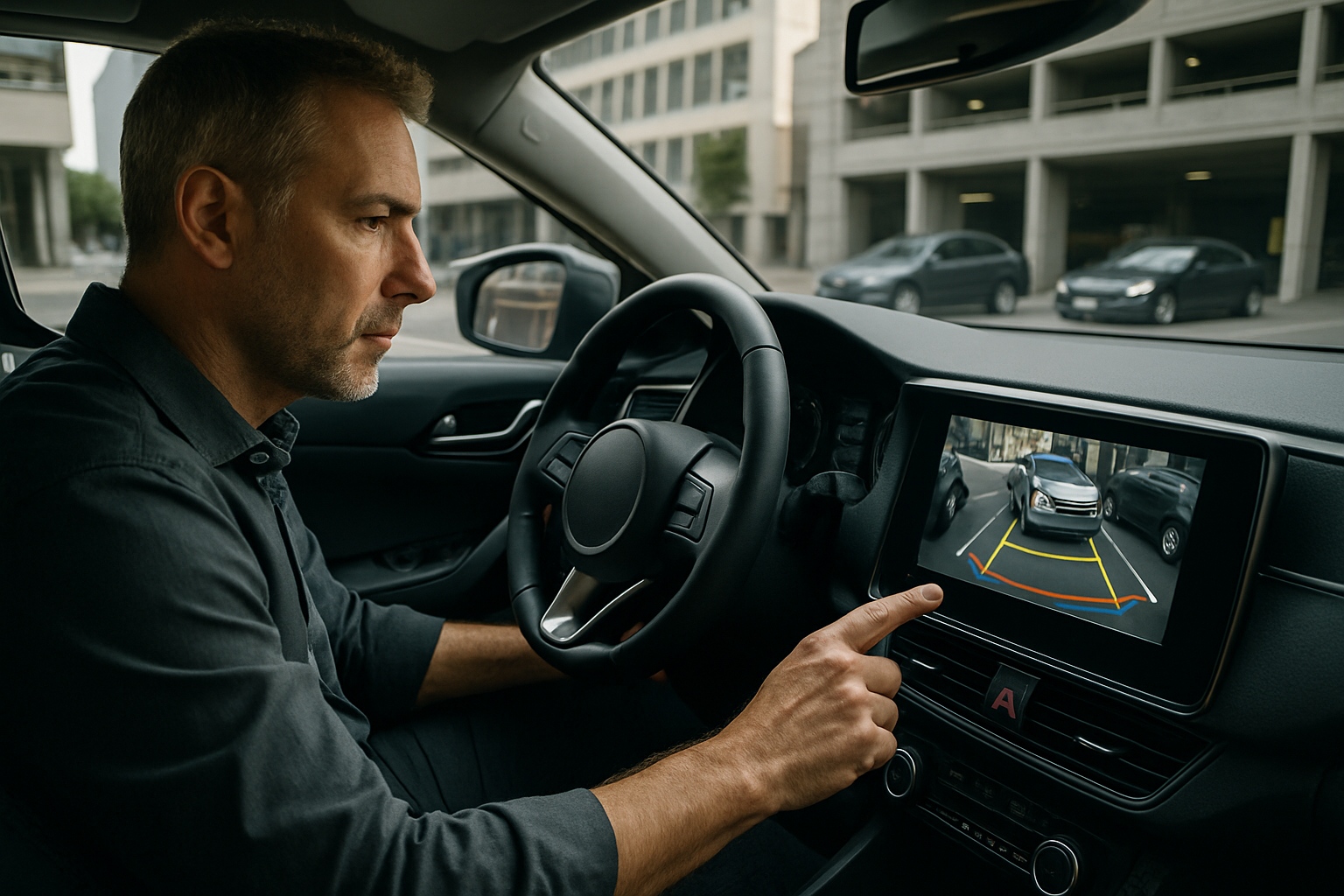Revolutionizing Automotive Interiors: The Rise of Haptic Feedback Technology
Imagine running your fingers across your car's dashboard and feeling it respond to your touch, providing intuitive guidance without taking your eyes off the road. This isn't science fiction—it's the cutting-edge world of haptic feedback in automotive interiors. As vehicles become more technologically advanced, the way we interact with them is undergoing a radical transformation.

Understanding Haptic Feedback
At its core, haptic feedback involves the use of touch sensations to communicate information. In automotive applications, this typically means using vibrations, forces, or motions to provide tactile responses to user inputs. These responses can range from simple vibrations mimicking button presses to more complex sensations that guide users through menus or alert them to important information.
The technology behind haptic feedback in cars often involves the use of actuators—devices that convert electrical energy into mechanical motion. These actuators are strategically placed beneath touch-sensitive surfaces, allowing them to create precise vibrations or movements that users can feel. Advanced systems may also incorporate pressure-sensitive screens or even air-based haptics that create touchless sensations.
Beyond Buttons: The Many Applications of Automotive Haptics
Haptic feedback in cars goes far beyond simulating the feel of traditional buttons. Innovative automakers are exploring a wide range of applications that enhance both functionality and user experience. For instance, haptic feedback can be used to create virtual textures on smooth surfaces, allowing drivers to distinguish between different controls without looking away from the road.
Navigation systems are another area where haptic feedback shines. Instead of relying solely on visual or auditory cues, haptic-enabled steering wheels can provide gentle vibrations to indicate upcoming turns or lane changes. This multi-sensory approach to navigation not only improves safety but also makes the driving experience more immersive and enjoyable.
Safety First: How Haptics Reduce Distraction
One of the most compelling arguments for haptic feedback in automotive interiors is its potential to improve safety. By providing tactile confirmation of inputs, haptic systems allow drivers to interact with various controls while keeping their eyes on the road. This reduction in visual distraction can be crucial in preventing accidents, especially as cars become increasingly complex and feature-rich.
Moreover, haptic feedback can be used to create alert systems that grab the driver’s attention more effectively than visual or auditory warnings alone. For example, a vibration in the seat or steering wheel could alert the driver to potential collisions or lane departures, providing an immediate and unmistakable signal that demands attention.
The Challenges of Implementing Haptic Technology
While the benefits of haptic feedback in automotive interiors are clear, implementing this technology is not without its challenges. One of the primary hurdles is achieving the right balance of feedback—too subtle, and users might miss important cues; too strong, and the experience becomes annoying or distracting. Engineers must carefully calibrate haptic responses to ensure they are noticeable yet unobtrusive.
Another challenge lies in the durability and reliability of haptic systems. Automotive interiors are subjected to extreme temperatures, vibrations, and frequent use. Haptic components must be robust enough to withstand these conditions while maintaining consistent performance over the vehicle’s lifetime. This requirement often necessitates the development of specialized, automotive-grade haptic actuators and control systems.
The Future of Automotive Haptics
As haptic technology continues to evolve, we can expect to see even more innovative applications in automotive interiors. One exciting area of development is the use of advanced materials that can change their physical properties on demand. Imagine surfaces that can alter their texture or stiffness to provide context-sensitive feedback or even transform into different controls as needed.
Another promising avenue is the integration of haptics with other sensory feedback systems. By combining touch sensations with visual and auditory cues, automakers can create truly immersive and intuitive interfaces that redefine the driving experience. This multi-sensory approach could lead to cars that feel more like extensions of our bodies than mere machines.
A Touch of the Future
The integration of haptic feedback technology into automotive interiors represents a significant leap forward in vehicle design and user experience. By harnessing the power of touch, automakers are creating safer, more intuitive, and more engaging vehicles that respond to our natural instincts and behaviors. As this technology continues to mature and evolve, it promises to transform not just how we interact with our cars, but how we think about the very nature of driving itself. The future of automotive interiors is here, and it’s something you can feel.





